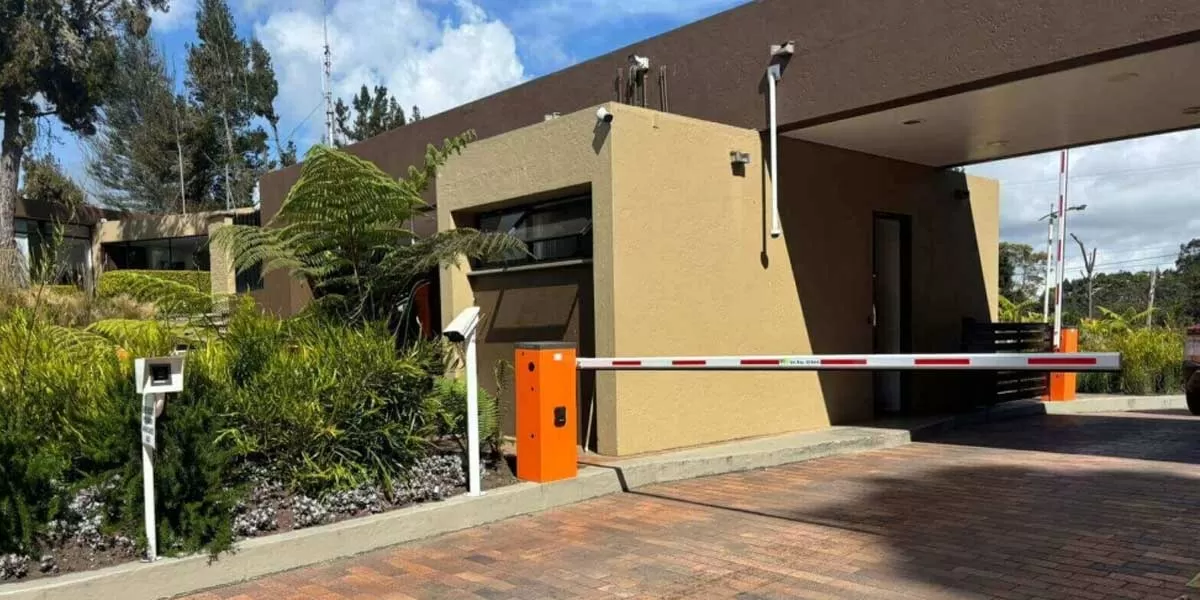Urbanisation and technological progress have forced us to reimagine security and convenience in modern living. This is particularly evident in the vehicle access control market, which is experiencing significant growth. According to MarketsandMarkets, the global vehicle access control market is going to surge from $10.8 billion in 2020 to $22.6 billion by 2027.
One reasons why traditional access methods are being forced to evolve is the rise in the number of vehicles per household. This creates a demand for robust systems that are able to manage entry and exit efficiently in order to reduce congestion and, therefore, resident frustration.
But it’s not just about quantity – it’s also about quality.
For example, a white paper from the Association for Smarter Homes & Buildings (ASHB), observed that residents today expect a frictionless living experience. Waiting in line to scan cards or having to buzz in guests individually no longer meets these expectations. What’s more, as MarketsandMarkets highlights, there is a growing need for streamlined operations that cater to residents and visitors alike, ensuring quick and secure access without manual intervention.
Moreover, like many parts of society, residential complexes are under pressure to become more sustainable and reduce their carbon footprint. A US Department of Energy report reveals that personal-vehicle idling wastes about 3 billion gallons of fuel, generating around 30 million tons of CO2 annually in the US alone. Efficient access systems can help minimize idling and reduce energy consumption.
Beyond the barrier: innovations in vehicle access control
The good news is that technological advancements offer effective solutions to these challenges, bringing efficiency, enhanced experience, and sustainability.
• Smart barrier gates integrated with ANPR cameras: These combine Automatic Number Plate Recognition (ANPR) with intelligent barrier systems and radar sensors to accurately detect and control vehicle movements. ANPR cameras automatically recognize and verify vehicle number plates, allowing registered vehicles to enter without manual intervention. This accelerates traffic flow and lightens the workload for facility managers. These systems also provide valuable data collection capabilities, enabling better traffic flow optimization and enhancing the resident experience. Safety features such as anti-fall, anti-collision, and automatic lift functions ensure the safety of residents and their vehicles.
• Visitor management systems: These enhance convenience and security by allowing residents and management to manage visitor access directly from their smartphones. Residents can remotely grant or deny access, simplifying visitor management and ensuring authorized access only.
• Centralsed management platforms: These integrate various access control systems into a single dashboard, enabling facility managers to monitor traffic, authorize entry, and generate reports with ease. This optimizes operational efficiency and supports data-driven decisions to improve resident satisfaction.
Proven success: the Arboretto Residential Complex
The real-world applicability of these solutions is demonstrated by the Arboretto Residential Complex in Bogotá, Colombia. Faced with access control challenges due to high vehicle and visitor traffic, Arboretto collaborated with Hikvision to overhaul its vehicle access system.
Key improvements included the deployment of a dual-barrier setup featuring 4MP ANPR Intelligent Entrance Cameras (DS-TCG405-E) and 5 Series Straight-Arm DC Frequency-Conversion Barrier Gates (DS-TMG510-H). This configuration enhances security through license plate recognition and secondary driver authentication, ensuring seamless vehicle access control. The DC frequency-conversion technology ensures quiet and precise gate operations, while the Video Intercom Kit (DS-KIS602(B)) with an integrated indoor station and ID card reader facilitates efficient visitor management.
Managed through HikCentral Professional, Hikvision’s integrated platform, the system offers real-time monitoring and data analysis, streamlining operations for all users. During high-traffic events, pre-registered guests receive QR codes for swift, secure entry, enhancing both security and efficiency.
The new system significantly reduced access errors, bolstering security and lowering operational costs by minimising manual labor. Residents experienced shorter wait times and heightened security, leading to increased satisfaction and a safer, more convenient environment.





















